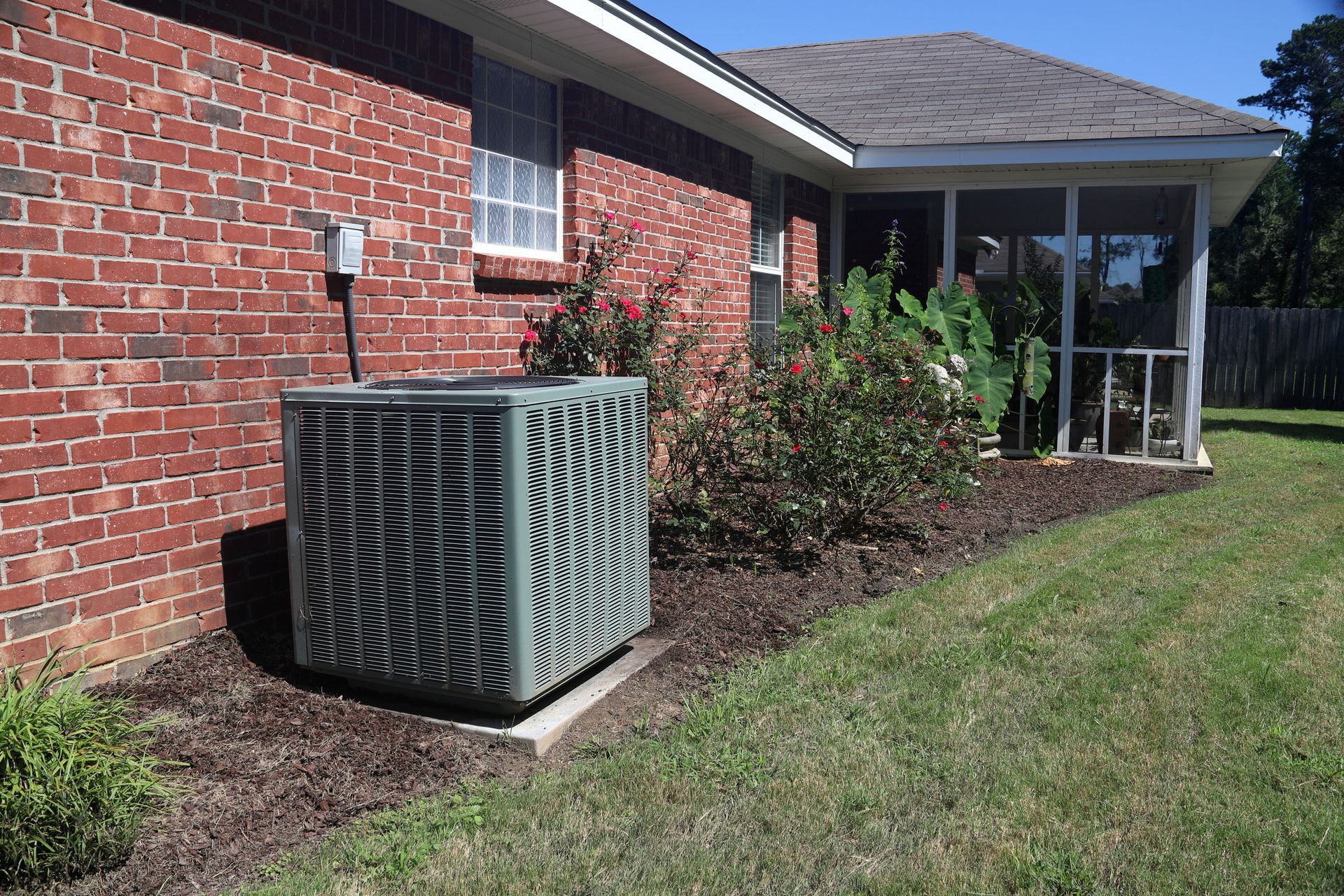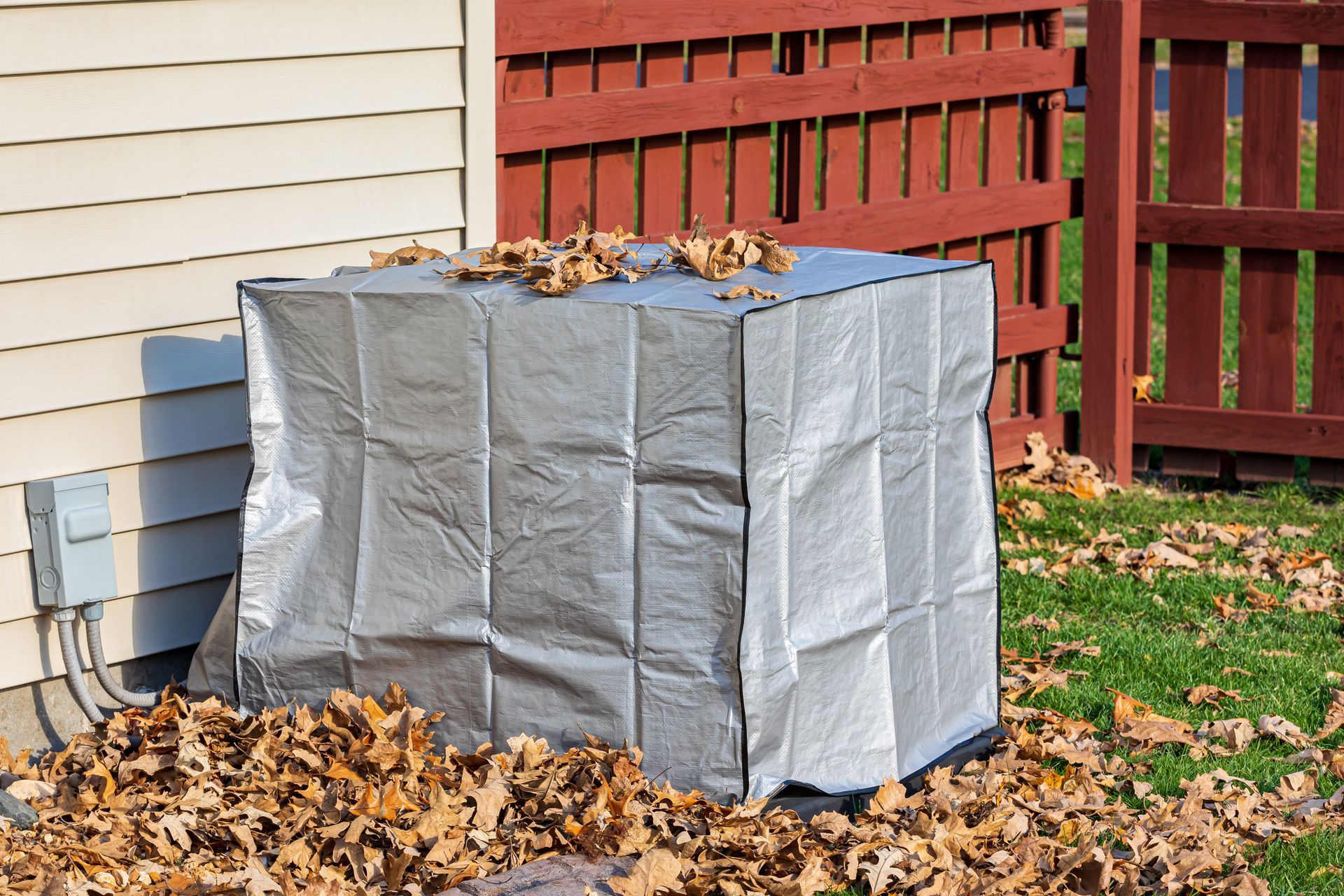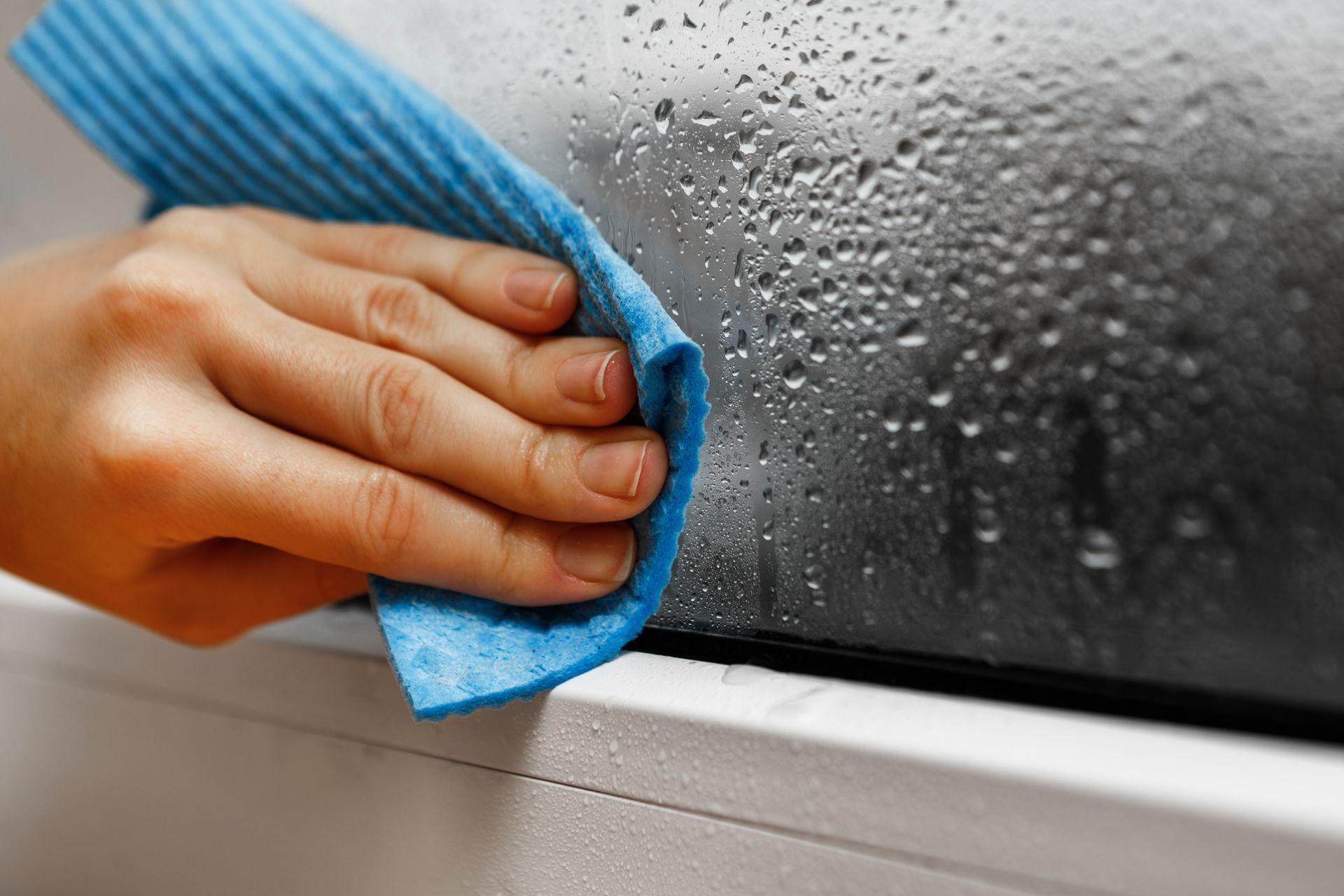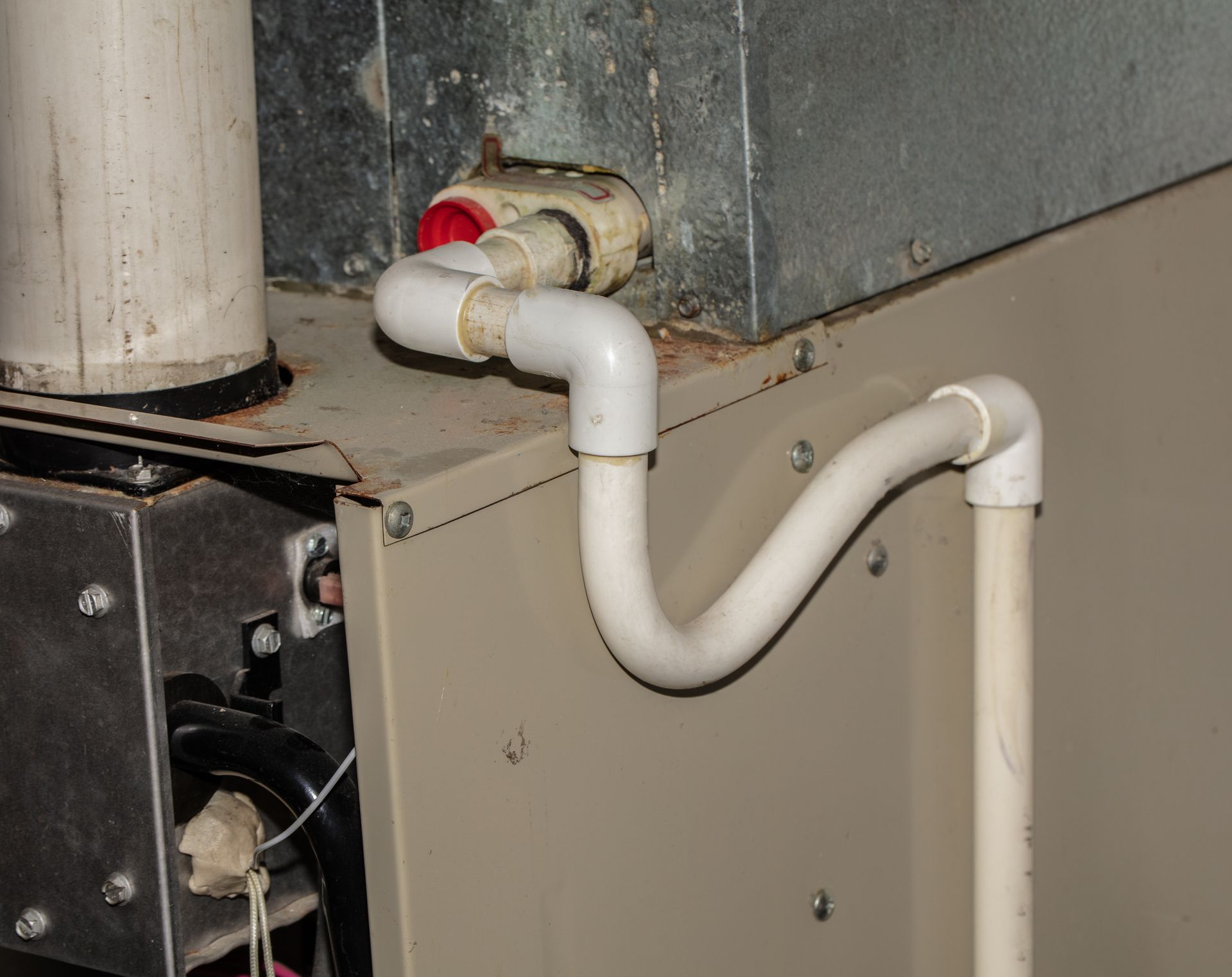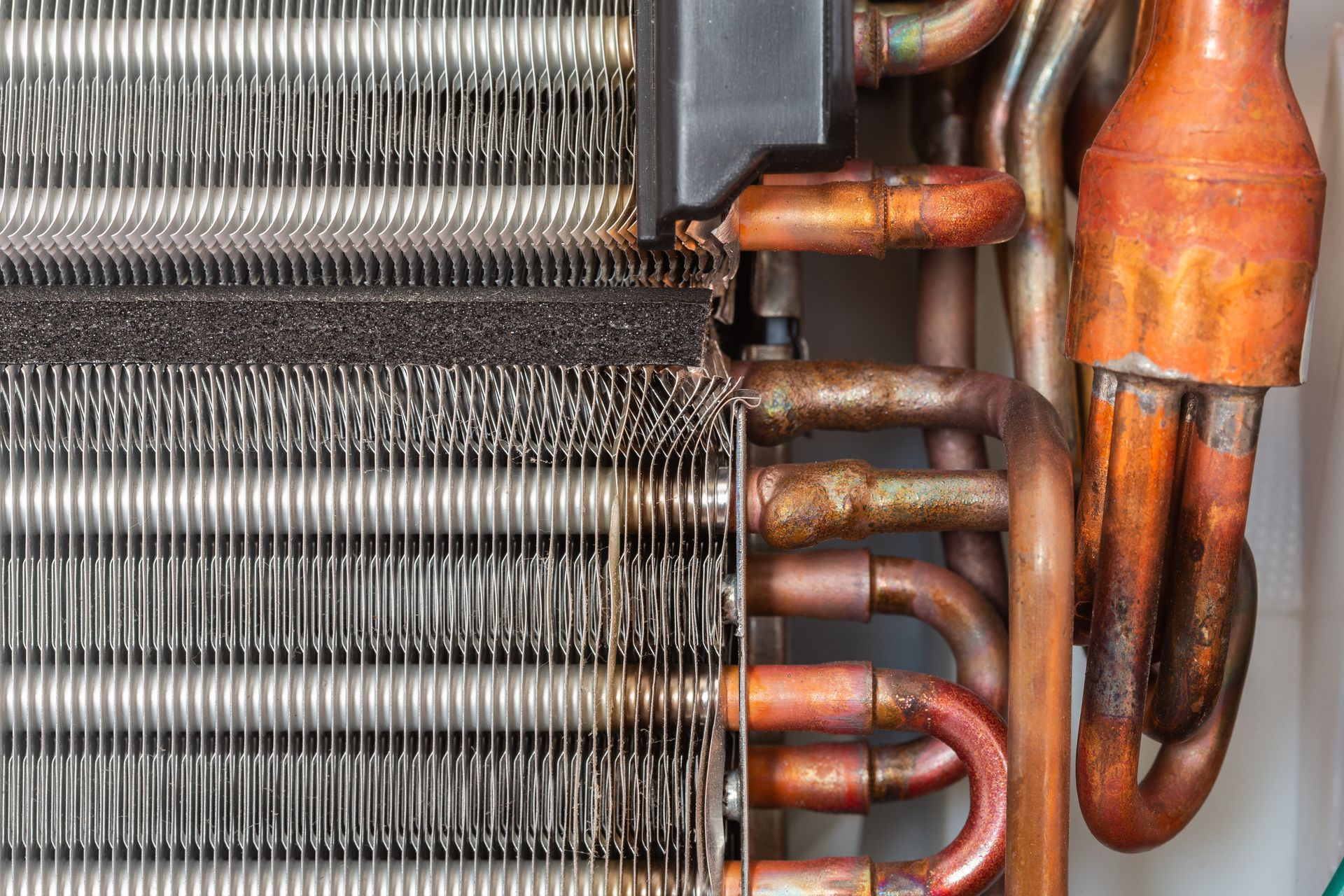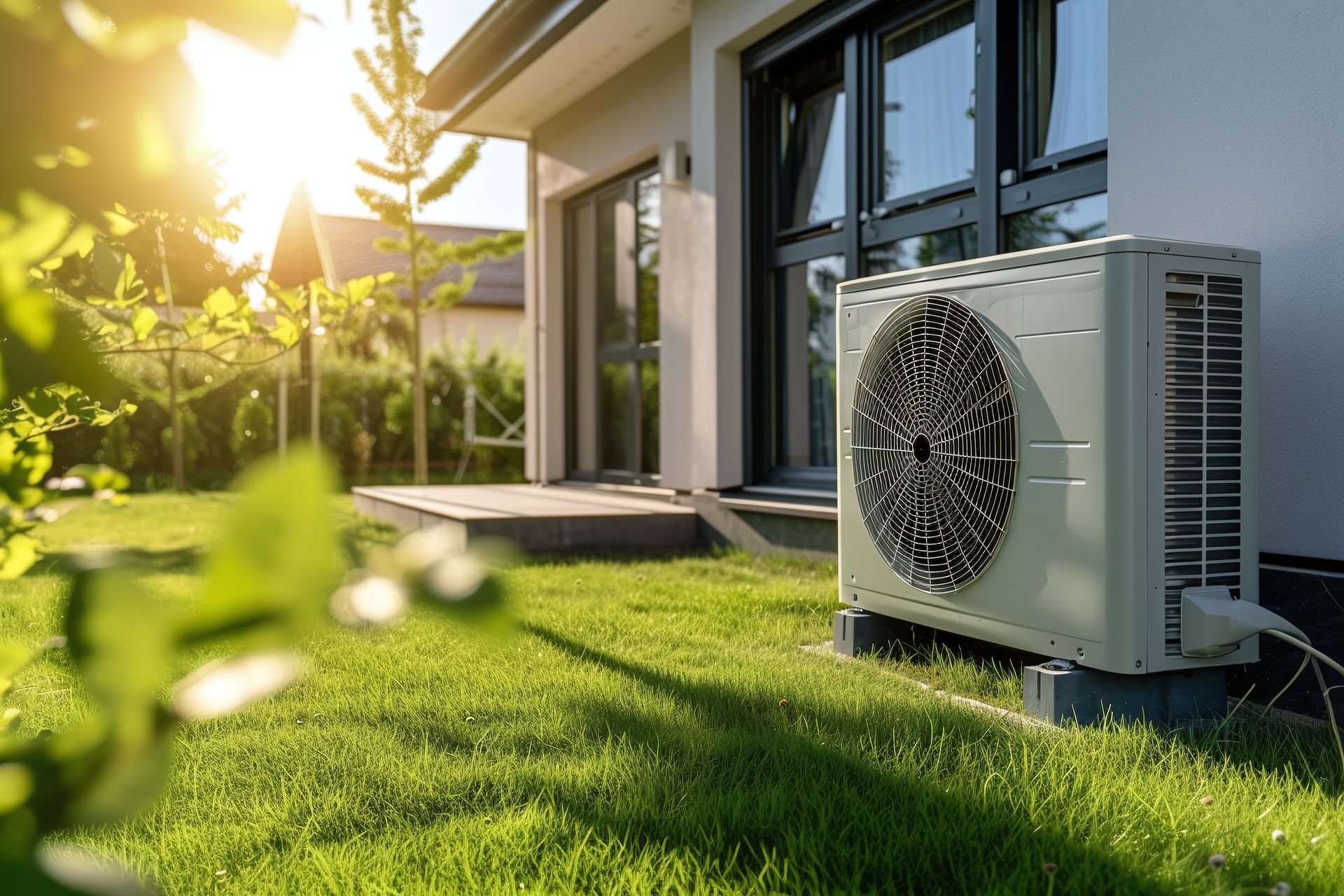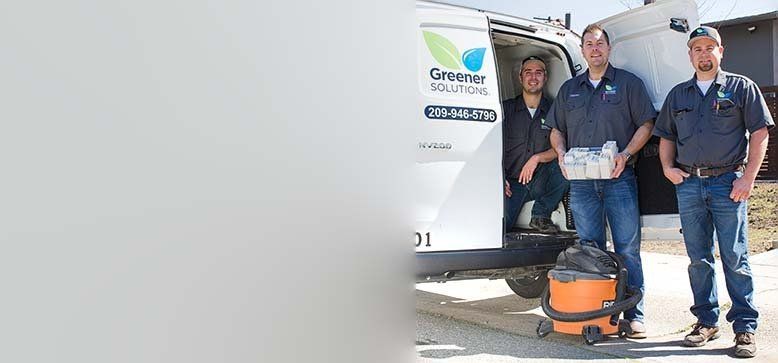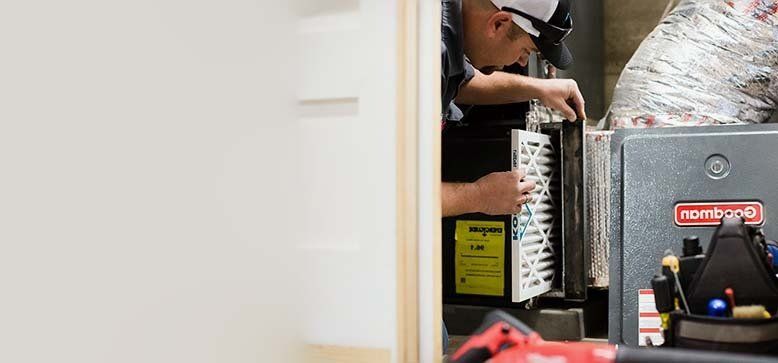What Is A Condenser?
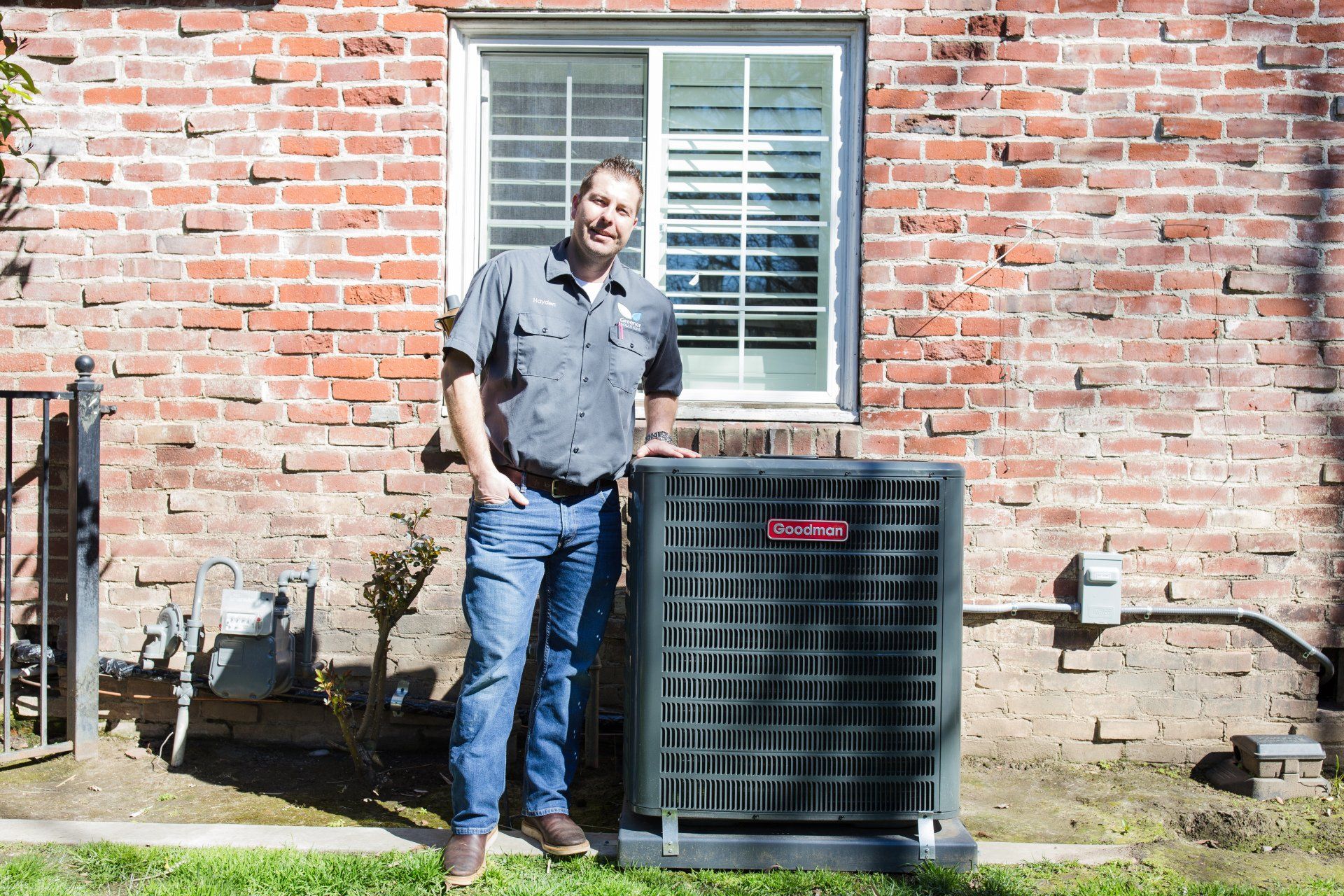
An air conditioner’s condenser is the outdoor component of an AC unit that is responsible for the condensation process that releases heat. The direction of heat release can be changed depending on the function selected. When the heat is released outside, the AC unit is being used as an air conditioner, but when the direction of the heat exchange is swapped so the heat is released inside, the AC unit becomes a heat pump. The condenser’s primary function is to assist with heat transfer which is accomplished by condensing a gaseous refrigerant until it is super-heated and then passing it through a system of coils to cool. By forcing the gas through the coils where cool air is passed over the coils, the latent heat is expelled by the refrigerant and released into the surrounding environment.
Parts of a Condenser
All types of AC units and heat pumps operate using the same elements:
- Condenser cabinet: Contains the different elements of the condenser
- Condenser coil: A coil made from copper tubing with aluminum fins the help transfer and disperse heat
- Compressor: Consolidates the heated refrigerant into the condenser coil.
- Condenser fan: Helps circulate air around the condenser coil to ensure efficient heat transfer
How Does an AC Unit Work?
Before you can understand how an air conditioner condenser works, it is important to know how an AC unit works in general. An AC unit works because it holds a refrigerant that is passed through a system of coils that make up the evaporator and the condenser. A compressor pressurizes a refrigerant until it is super-heated, which then get pushed through the condenser coils as a gas. This allows for efficient heat transfer which is then released outside of a home or business by the outdoor unit. Once the refrigerant in its hot gaseous state passes through the heat exchanger coils, the gasses condensate back to a liquid where it passes back inside the HVAC system. When the liquid is passed through the evaporator coils it evaporates and returns to its gaseous state which allows it to draw heat from the inside of a building into the refrigerant to start the process all over again.
What is an AC Condenser Unit & How Does it Work?
The condenser is a primary component of all AC units and is designed to help with process of efficient heat transfer. The phase changes of the refrigerant are what allows heat from the air to be drawn in and released. The refrigerant needs to be passed through the condenser to displace the heat from inside of a building. This is done using the compressor which consolidates and pressurizes heated refrigerant and pushes it through the condenser coils which are housed outside. These condenser coils are also known as the heat exchanger because this is where the transfer of latent heat occurs. As the heated refrigerant moves through the coils, the condenser fan blows cool outside air over these copper tubes and aluminum fins to quickly reduce the temperature of the refrigerant. Inside these condenser coils, the act of condensation occurs which reverts the gas into a liquid. This cooled low-pressure liquid is then moved back inside where it will reach the next stage of the AC unit to begin the process from the start. When a condenser is used to function as an air conditioner, the refrigerant is collected in the compressor as a hot gas which is then pushed through the condenser coils to dissipate the heat outside. When the AC unit is used as a heat pump, the heated gas is pushed into the evaporator coil inside to disperse heat. Without the condenser unit, none of this would be possible.
Is There a Problem with Your Condenser?
Typically, when there is an issue with your condenser, you will know about it because your AC will not be able to function properly or at full capacity. Without the condenser, the entire AC system can be rendered useless and won’t allow for the efficient transfer of heat. You will notice a significant decline in the air conditioner’s ability to cool a room as it had done previously. The problems with your condenser that could occur could be any of the following:
- Dirty condenser coils
- Clogged condenser coils
- Damaged condenser coils
- Failing compressor
- Failing condenser fan
When these parts start to break down, the AC unit may still function to some degree, but it will still most likely cause a significant drop in performance. Some indicators of a broken or damaged condenser unit are:
- High energy bills: If your condenser isn’t operating at full capacity, the efficiency of heat transfer drops which causes your AC unit to work harder and longer to achieve the same effect. This will inevitably result in much higher energy costs which translate to an extremely high electricity bill.
- No Cool Air: If any element of your condenser is failing, there is a good chance that the AC unit will no longer produce cold air. The condenser is an important element in dispersing latent heat so if the condenser coils are blocked or damaged or the fan no longer works, the transfer of heat is impacted.
- Leaks: An increase in fluids could indicate a refrigerant leaving the system which could be coming from the condenser coils. This is a significant problem that will impact the rest of the AC unit, so this is something that needs to be inspected as soon as it is noticed.
- Noises: An increase in noises produced by the AC unit could indicate a problem with either the compressor or the condenser fan. If the fan motor is making noise, it could be the result of mechanical failure which could potentially result in a hazard due to high-speed moving parts causing unnecessary friction.
- Irregular pressure: The gauges on an AC unit could indicate irregular pressure which could be caused by a restriction of refrigerant flow, a lack of air flow, or a failing compressor.
How to Keep Your Condenser in Optimal Shape
Keeping your condenser in optimal condition simply requires on-going and regular AC unit maintenance. It is recommended that home and business owners rely on professional HVAC technician to do the maintenance because without a proper understanding of an air conditioner, more harm can be done while trying to perform general upkeep. The professionals at Greener Solutions Home Services will inspect all the major components of a condenser in addition to the rest of the air conditioning system to ensure optimal condition and performance.
How to Get the Most Out of Your Condenser?
The primary thing that home and business owners can do to get the most out of their condenser is to keep the area around an AC unit clean and tidy. Be sure that the space surround the AC is clear of grass clippings, debris, leaves, mulch, and anything else that could cause air flow restriction if sucked into the unit by the condenser fan. It is also important to ensure that there is a clear path for air to reach the exterior unit so be sure to plant bushes, trees, and shrubs with enough clearance to not cause a restriction in air flow to the outside condenser. If plant life has already been planted near the unit, be sure to keep it trimmed back so leaves, seeds, and fruits do not fall into the fan.
Call Greener Solutions Home Services to Schedule an Inspection
If you feel as if your condenser is not operating at optimal capacity, call a licensed HVAC specialist at Greener Solutions Home Services today to schedule an inspection. Our team of trained professionals will come inspect your AC unit to ensure that the unit is functioning properly. If not, we will identify where a problem is occurring and provide a recommendation to help bring your AC unit back to life.


